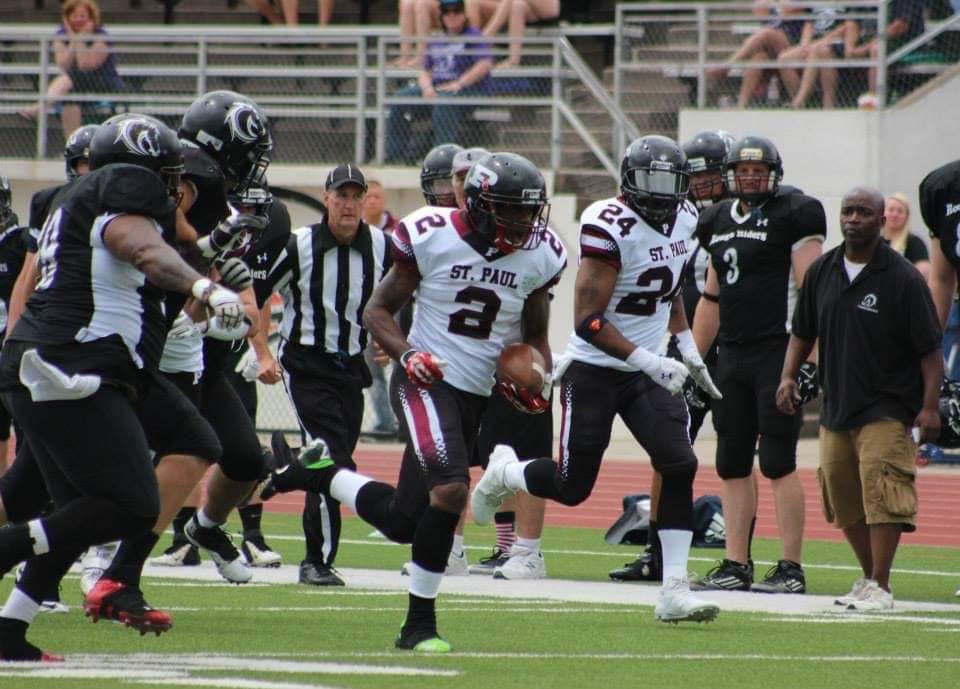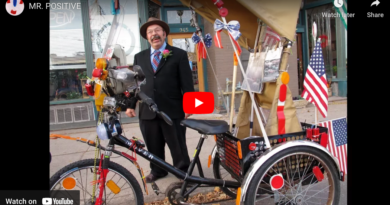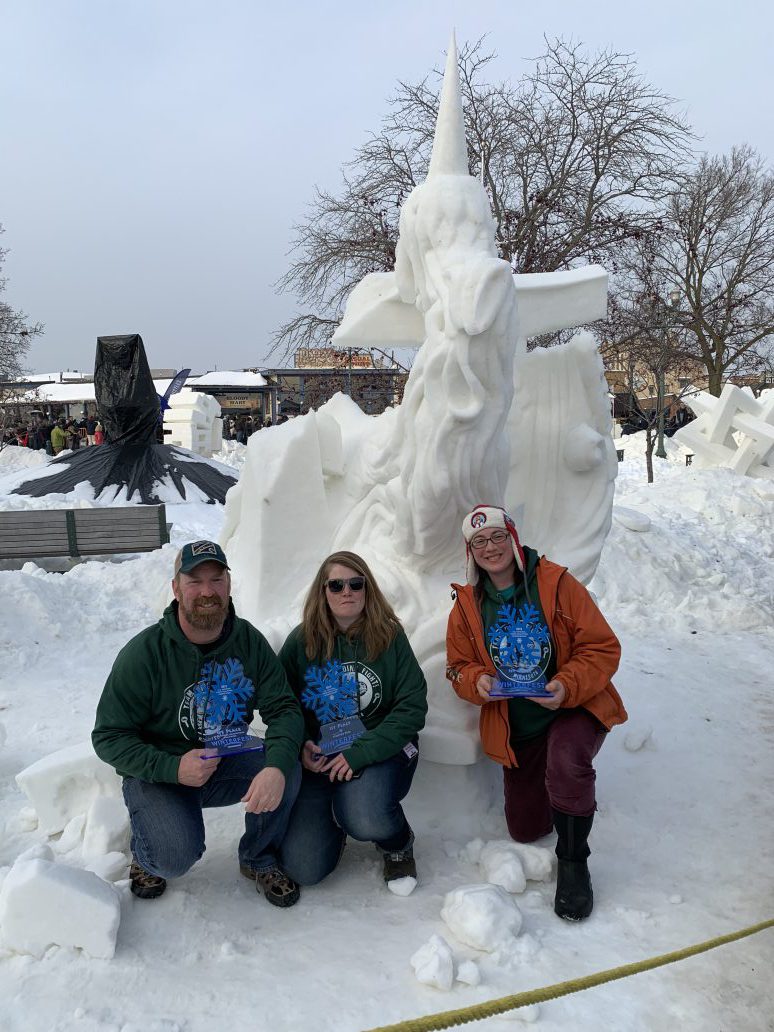Light, Darkness and a Path to Peace
Building Community
Most of us have a complicated relationship with darkness and light. When I was a child, we loved playing flashlight tag on the farm, especially when the nights were cloudy and the evening was so dark that you were unable to see your hand held in front of your face. The game largely came to an end when our grandfather bought the salesman’s argument that we needed one of those large, intrusive yard lights, negating the possibilities of darkness’s cover. We felt alive in the darkness. On the other hand, there were nights when nature called that I felt great unease, bordering on dread as I passed by the window in the stairwell, framing nothing but the evening’s darkness with all its unknowns.
Because so many places in the world have filled the evening’s sky with light, places of true darkness have become tourist destinations for people wishing to see the wonder of stars, constellations and galaxies. At the same time, many people living in the northern regions, like Minnesota, struggle with the growing darkness of winter and find it necessary to infuse their days with extra light just to get by.
Daylight enables life to grow and flourish. Darkness enables life to rest and renew. We are nurtured in the darkness of our mother’s womb. We are born into the light of life. It is no wonder that a common symbol among the world’s many great spiritual traditions is a candle giving contrast to the darkness. An often quoted verse heard in Christian churches comes from the Gospel of John, which reads, “The light shines in the darkness and the darkness did not overcome it.” John 1:5. Neither does the light overcome the darkness. Darkness makes room for light and light leaves room for darkness. Both are essential.
Light and darkness dwell within each of us, which is an orientation desperately needed in Israel, Palestine, here in the U.S and everywhere that humans lose sight of our common humanity, including our own communities and families. If the Israelis saw the shared light and darkness in Palestinians, it would be harder to maintain an oppressive occupation or drop bombs on innocent civilians. If Palestinians saw the shared light and darkness of Israelis, it would be much harder to ignore the lingering wounds of antisemitism that evoke so much fear or massacre entire communities as was done by Hamas.
We long for peace in our lives, in our nation and in our world, but until we recognize the potential of light and darkness within each and every one of us, peace will elude us. Christians are entering a season in which we celebrate the birth of one often called “The Prince of Peace,” reflected in the heart warming image of the nativity scene. Often overlooked in our reading of the birth story is the murder of little children by King Herod, who feared this child of promise that Scripture claims saw light and darkness in all. Herod’s fear is a warning of what happens when we fail to recognize the light and the darkness in our shared humanity. The children suffer.
On a night hike with a group of young people in northern Minnesota, we were encouraged by the naturalist to leave our flashlights in the cabins. She assured us that as we walked away from the light of the cabins and further into the woods, our eyes would begin to adjust and we would see more than we had imagined. At first we were a bit hesitant, especially as we began descending a trail on the side of a hill. But, as we walked our eyes began discovering light where we had not expected it to be. It was as if the light and the darkness were in balance, each giving existence to the other. Peace is possible. It is a gift to be received and a choice to be made when we recognize and embrace the lightness and the darkness we all share.




